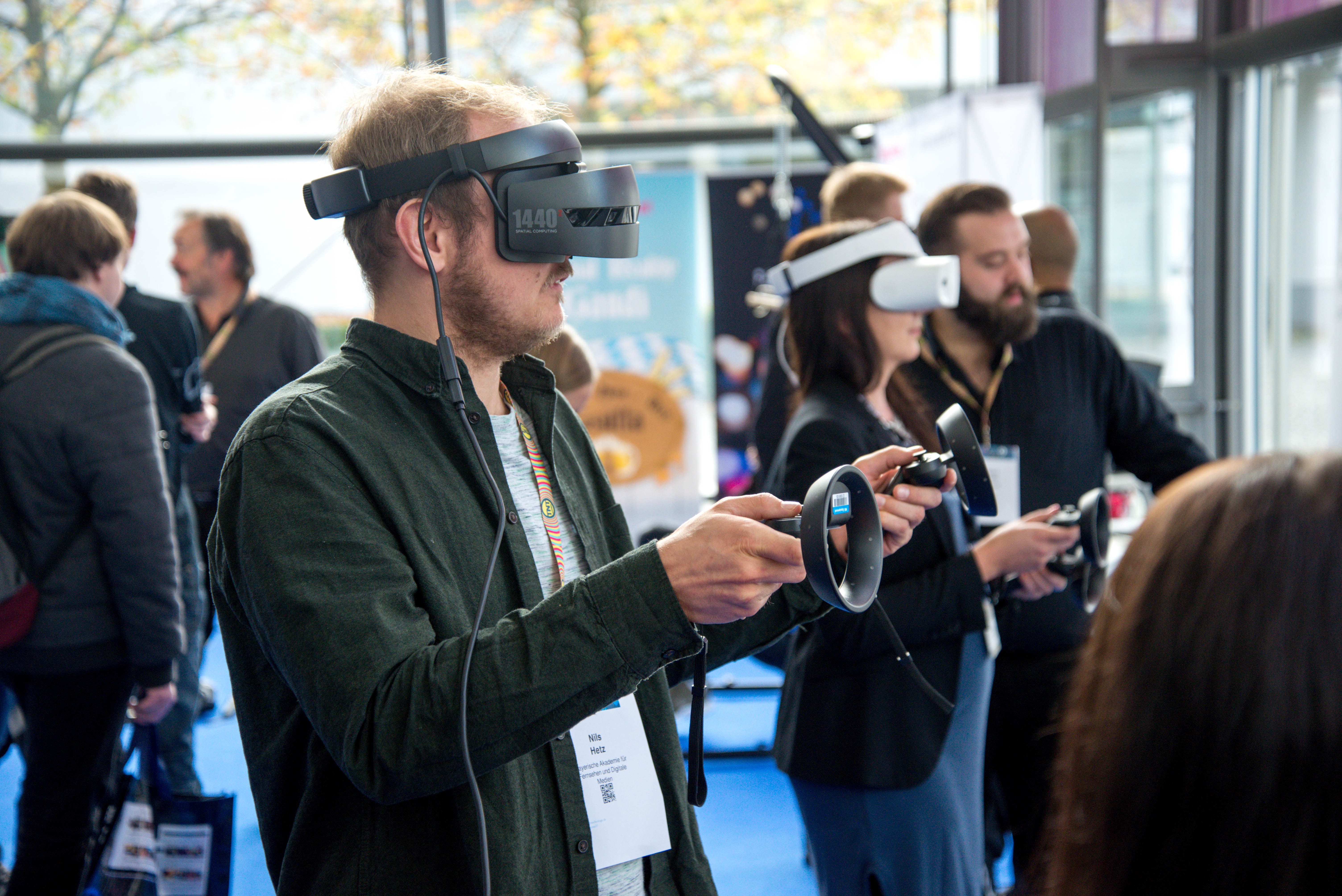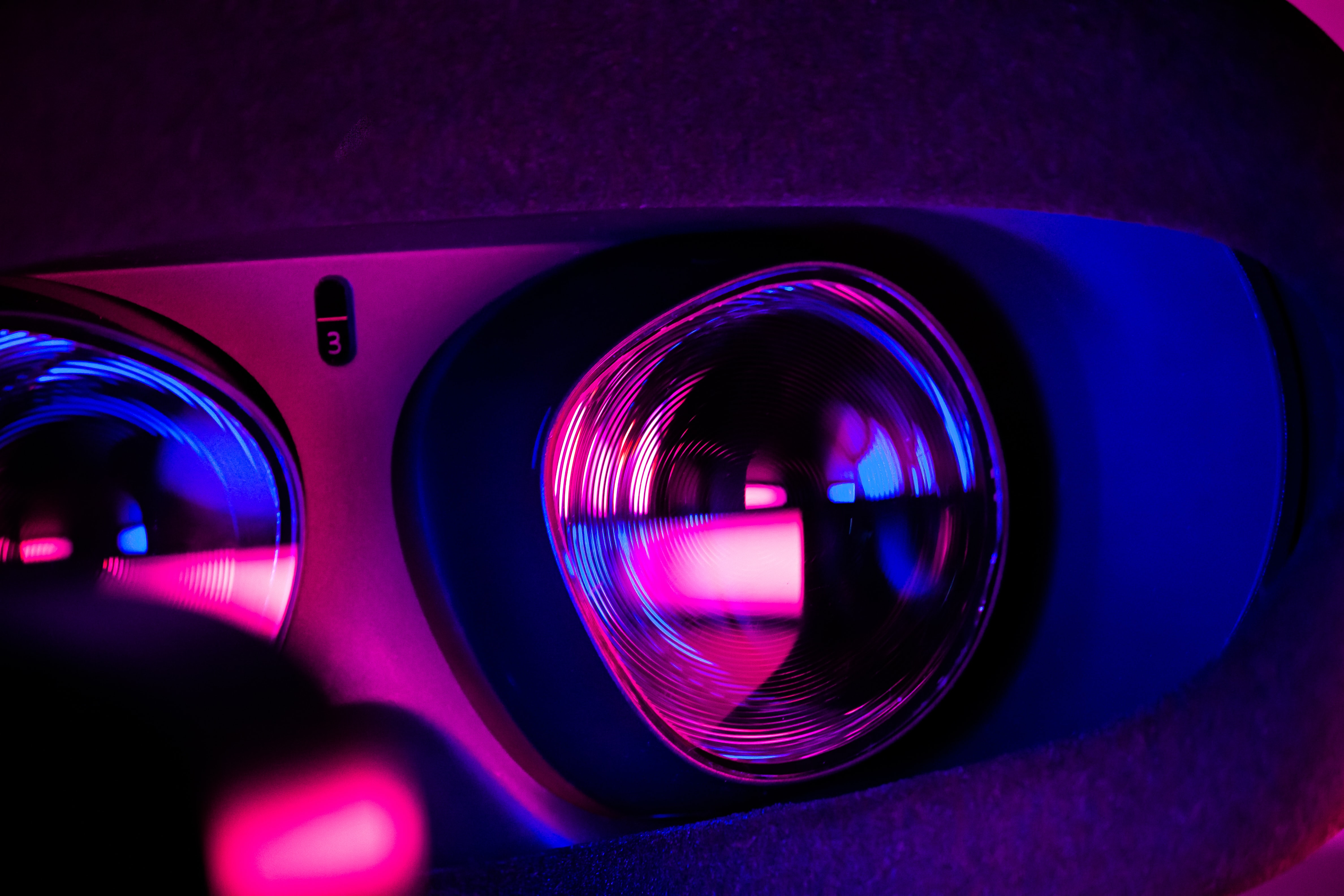Virtual Reality


Autistic participants have difficulty navigating to and from areas on campus (Schmidt et al., 2021). For this project, we will be creating a 360° video that is designed to help acclimate autistic participants to the VR Lab, the ALT Studio area, Norman Hall, and surrounding areas at UF from eye level.

According to Terlouw et al. (2020), they used a focus group to conduct a needs assessment. In our case, we will ask 5 autistic people a few open-ended questions regarding the use of 360-degree videos for educational or training purposes. The focus group questions will be self-developed and the aim of the questions will help identify design betters ideas for instructional content and also the users’ interests and motivations.
The purpose of this project is to provide guidance on navigating to the research lab, allowing the user to be prepared for the trip. This project will allow users to safely navigate to the research lab located in the College of Education Institute for Advanced Learning Technologies (IALT) space. Using a 360° video created on location allows for the user to see exactly what they would see once they arrive at the space.
Instructional Objective(s)
Given a video, the user will be able to navigate from the bus stop to the research lab, safely and efficiently
Description
This VR learning unit contains an immersive experience where the user will learn how to navigate from the bus stop outside of Norman Hall, to the Research Lab located in the IALT space. Once immersed in the VR space, users will be able to see a 360° view of the environment. Final product will consist of video and still images to allow participants to pause and view detail of specific areas around Norman Hall.
Video Sequence:
Delivery format
The immersive environment was made using a 360° GoPro camera. Photos and videos of the environment around the college of education were taken and a video was created. This video was then uploaded to YouTube. The user will have access to this content via a VR headset and through online content.
Teaching methods
There will be an instructional guide/voluntary guide on stand-by mode if the user needs assistance with accessing/using the 360-degree video. There will be verbal and written instructions (online or in-person) involved for the learners/users.
Formative Evaluation
Instruction will be given through written instructions provided with the materials. The user can read the written instructions themselves or have another person (voluntary guide) assist with the instructions. The user will be on their own device, either a VR headset or a laptop/desktop-based computer. The user will be instructed that they can pause or stop the video at any time to ask questions or take breaks. During this immersive learning experience, students will be asked specific questions to describe what they are seeing through a think-aloud process. The voluntary guide will voice-record the learning experience session for research purposes only.
Summative Evaluation
A voluntary guide will observe the user/learner from the bus stop location to the research lab location. Below is a usability scenario that will work as an observation protocol for the voluntary guide that will assist the user for their real-time navigation.
Further research
After completing the 360-degree VR video, the user will be able to safely navigate to the research lab. Safe navigation assumes successful instructional design. In addition, users will be surveyed on their experience using the video and navigating to the location. A self-developed social validity survey instrument will be used that will ask about the user’s overall learning experience. This 5-point Likert-type scale survey will be in UF Qualtrics form. Below are the survey questions that will be asked
Further research will be conducted on the impact this video has on the user's level of comfort during navigation. To collect useful data from the user, we will adapt the Computer System Usability Questionnaire (CSUQ; Sauro & Lewis, 2016) to investigate user experience or usability issues of the 360-degree video.